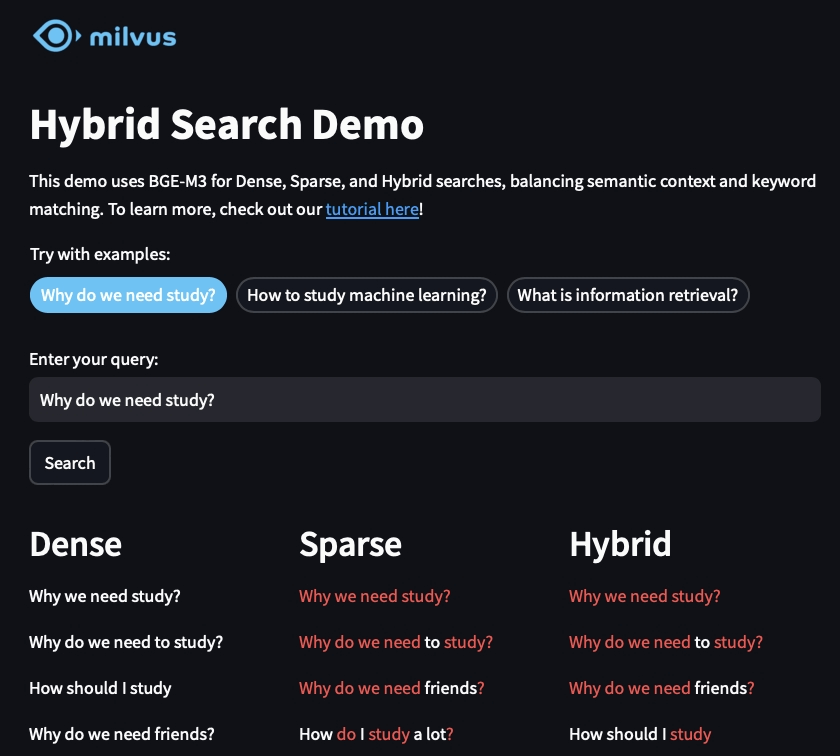Full-text search systems rank results using a combination of algorithms and techniques designed to assess the relevance of each document in relation to a user’s query. This process is critical for ensuring that users receive the most pertinent information quickly and efficiently. Understanding how these systems work can help developers optimize their databases and improve user experience.
At the core of full-text search ranking is the concept of term frequency-inverse document frequency (TF-IDF). TF-IDF is a numerical statistic that reflects how important a word is to a document in a collection or corpus. It considers two main factors: term frequency (TF), which measures how often a term appears in a document, and inverse document frequency (IDF), which assesses how unique or rare a term is across the entire document set. The product of these two factors determines the weight of a term, with higher weights indicating more relevance.
Another important factor in ranking is the use of natural language processing (NLP) techniques. NLP helps in understanding the context and semantics of the search query and the documents. This includes stemming, which reduces words to their base or root form, and synonym recognition, which identifies words with similar meanings. These techniques enable the search system to match user queries with documents that may not contain the exact terms but are still contextually relevant.
Modern full-text search systems also employ machine learning models to enhance ranking accuracy. These models can be trained on historical search data to learn patterns and preferences, allowing the system to predict which documents are likely to satisfy user queries. Machine learning can also help in personalizing search results based on user behavior, such as previous searches and clicks, leading to a more customized search experience.
Additionally, the position of the search term within the document influences ranking. Terms that appear in prominent locations, such as titles, headings, or the beginning of the text, are often weighted more heavily than those buried deep within the content. This approach aligns with the assumption that terms in these locations are more likely to represent the core topic of the document.
Relevance feedback and user interactions further refine search results. Full-text search systems can adjust rankings based on user feedback, such as clicks, dwell time, and engagement rates. If certain documents consistently receive more user interactions, the system may rank them higher for related queries in the future.
In summary, full-text search systems utilize a blend of statistical algorithms, NLP techniques, machine learning, and user engagement data to rank results effectively. By understanding and leveraging these components, developers can optimize search functionalities and ensure that users receive the most relevant and useful information in response to their queries.
